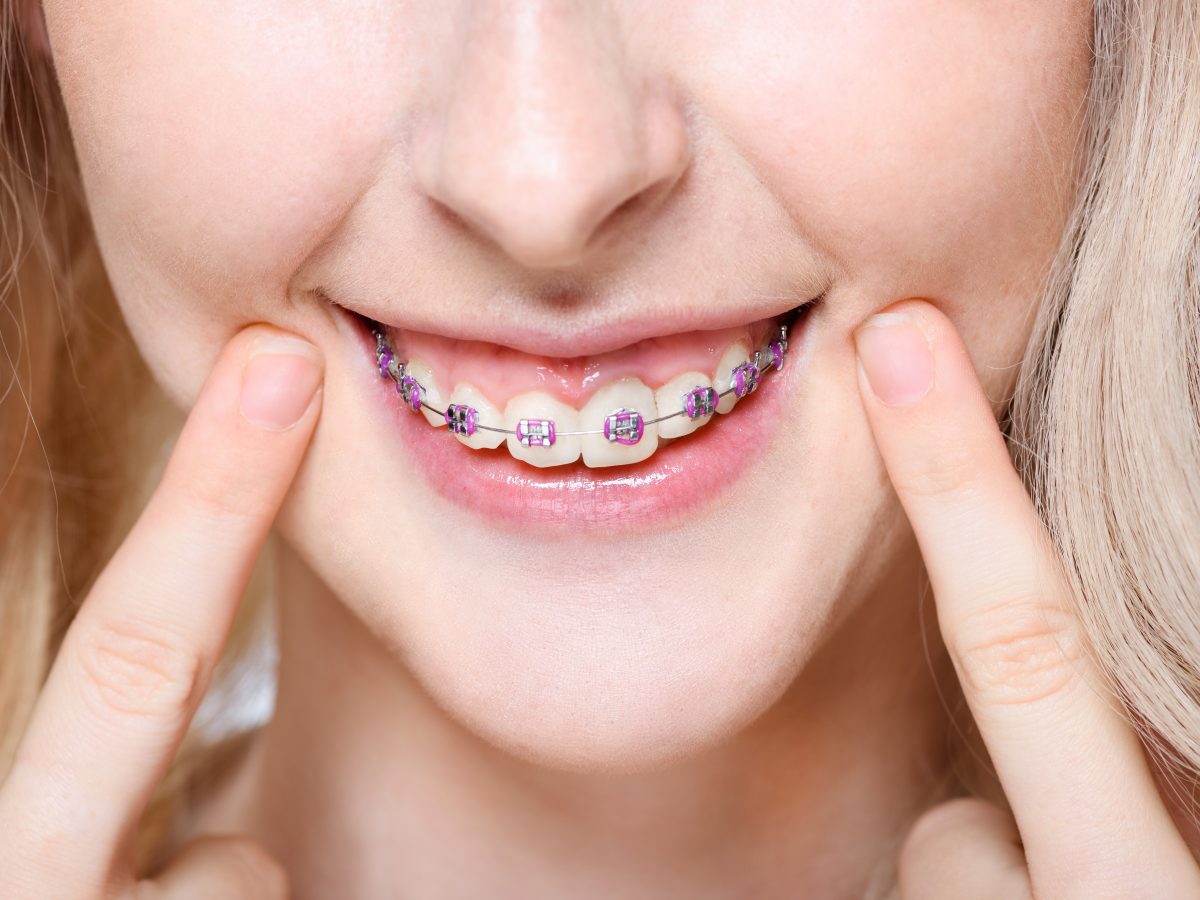Comprehensive Overview to Orthodontics Procedures for Fixing Dental Imbalances
In the realm of orthodontics, the trip to accomplishing a perfectly lined up smile includes a myriad of treatments customized to fix dental misalignments. From standard braces to undetectable aligners and even medical options, the field of orthodontics provides a series of solutions to address differing degrees of oral abnormalities. Understanding the complexities of each procedure, including their devices, advantages, and prospective disadvantages, is important in making educated decisions about one's orthodontic treatment. As we navigate with the detailed guide to orthodontic procedures for dealing with oral misalignments, the elaborate information of each method will unfold, shedding light on the course towards a unified and practical dental alignment.
Orthodontic Procedures Overview

Normal changes and tracking are essential parts of orthodontic therapy to make sure development is on track and to make any kind of needed adjustments along the way. By going through orthodontic treatments, patients can not just achieve a straighter smile however also improve their general oral wellness and feature.
Standard Dental Braces: How They Work
When taking into consideration orthodontic treatments for dental imbalances, standard braces stand out as a time-tested approach for remedying teeth placing. Typical dental braces consist of brackets, cords, and bands that function together to apply continuous pressure on the teeth, gradually relocating them right into the wanted positioning.
One key facet of exactly how traditional dental braces work is the procedure of bone remodeling. As pressure is related to the teeth with the braces, the bone bordering the teeth is reshaped to sustain the new tooth settings. This makeover is necessary for the long-term stability of the fixed placement. People will need regular adjustments at the orthodontist's workplace to ensure the braces remain to use the appropriate stress for reliable teeth motion.
Unseen Aligners: Benefits And Drawbacks
Unseen aligners provide a practical and very discreet option to standard braces for remedying oral imbalances. These clear, custom-made trays are virtually unnoticeable when used, making them an enticing alternative for people seeking a much more aesthetically pleasing orthodontic therapy. Among the key benefits of unseen aligners is their removability, enabling for much easier maintenance of dental health compared to traditional braces. Clients can eliminate the aligners before eating or cleaning their teeth, decreasing the threat of food obtaining stuck in the device and simplifying the cleaning process.

Surgical Orthodontic Options
Surgical treatments in orthodontics existing sensible alternatives for dealing with complicated dental imbalances that may not be properly solved through standard orthodontic therapies. While typical braces and invisible aligners can remedy many orthodontic problems, particular situations call for medical intervention to achieve ideal outcomes. Surgical orthodontic options are commonly suggested for severe malocclusions, substantial jaw inconsistencies, and situations where the underlying bone structure requires modification to achieve appropriate alignment.
One usual surgical orthodontic treatment is orthognathic surgery, which involves rearranging the jaws to deal with practical Click Here issues such as difficulty eating or talking. This surgical procedure is typically executed in partnership with an orthodontist who aids straighten the teeth prior to and after the treatment. Surgical orthodontics might also involve treatments to reveal influenced teeth, get rid of excess periodontal tissue, or improve the jawbone to create a much more unified face account.
Before considering surgical orthodontic choices, patients undertake a thorough examination to identify the requirement and prospective benefits of such treatments. braces. While surgical treatment may seem challenging, it can dramatically enhance both the feature and visual appeals a family dental care of the smile in situations where standard orthodontic treatments drop short
Retainers and Post-Treatment Care

Failure to conform with post-treatment care directions can result in regression, where the teeth progressively relocate back in the direction of their original positions. Regular retainer wear, good oral health, and regular oral exams are necessary for maintaining the outcomes achieved via orthodontic surgical treatment and guaranteeing the long-term security of the corrected dental positioning.
Conclusion
To conclude, orthodontic treatments use different options for remedying oral misalignments. Conventional dental braces use steel brackets and cables to change teeth into appropriate alignment. Invisible aligners supply an even more discreet option but might not be suitable for all cases. Surgical orthodontic alternatives are available for more extreme misalignments. Retainers are frequently made use of post-treatment to maintain the new positioning. In general, orthodontic procedures can effectively improve dental health and wellness and aesthetic appearance.
As we navigate this link via the thorough overview to orthodontic procedures for correcting oral imbalances, the intricate details of each approach will certainly unravel, losing light on the course toward a functional and harmonious oral placement. - cumming orthodontist
One of the most usual orthodontic therapies is the use of braces, which are composed of steel braces and cords that apply gentle pressure to slowly shift teeth right into the desired placement.When taking into consideration orthodontic therapies for oral misalignments, typical dental braces stand out as a time-tested technique for remedying teeth positioning. Additionally, unnoticeable aligners may not be appropriate for complex orthodontic issues that call for even more considerable teeth movement, as they are usually advised for moderate to moderate cases. Retainers are customized orthodontic gadgets designed to hold teeth in their fixed positions after the completion of orthodontic therapy.